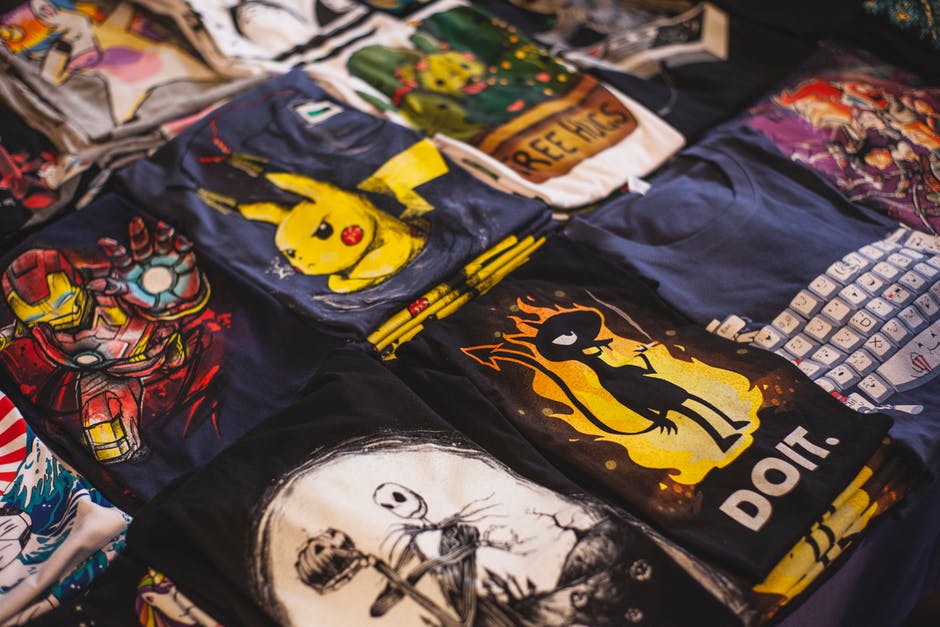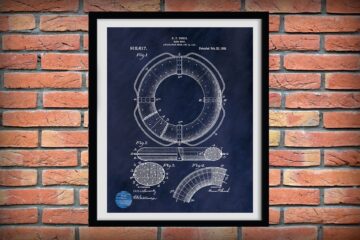Have you ever pulled on a shirt and thought, “This print is amazing”? The colors pop, the lines are clean, and the image looks like it was made just for you. That’s no accident. There’s a powerful new method behind that bold, detailed design.
It’s called Direct-to-Film Transfers, DTF for short, and it’s changing the way clothing is made. Whether you’re a designer, a small shop owner, or someone dreaming of launching your own line, DTF might be the tool that helps bring your ideas to life.
This isn’t just another trend. It’s a smarter, cleaner, faster way to create great-looking clothes. Stick with us, and you’ll learn how this growing technology can help you step up your apparel game.
How Direct-to-Film Transfers Work
At the heart of it, DTF is all about printing your design onto a special film. Then, using heat and pressure, that design gets pressed onto fabric. What makes it so special is how sharp and bright the result is. Designs don’t crack, peel, or fade easily.
This method stands out from others like screen printing or vinyl. DTF prints can handle tiny details that other methods miss. It also works on many types of fabric, from cotton and blends to stretchier materials like polyester. That means more freedom to create the styles you want, with fewer limits.
Why Designers Love It
Fashion today is personal. People want clothes that show off their personality, and designers need tools that can keep up with fast-changing trends. DTF helps meet that demand with speed and flexibility. You don’t need a big order to get started. Whether you want one shirt or one hundred, DTF makes it easier and more affordable to make small runs of custom gear.
Designers also like how simple it is to get started. You don’t need a giant shop or years of training. Even smaller brands or solo creators can learn the system quickly and start making high-quality pieces immediately. For many, switching to custom DTF transfers has been the change that helped their brand stand out.
There’s also an environmental benefit. DTF often produces less waste because it doesn’t rely on extra inks, water, or messy screens. That makes it a smarter choice for creators who want their work to be kind to the planet, too.
What’s Coming Next in DTF
As more people learn about Direct-to-Film Transfers, the technology keeps getting better. Printers are faster. Colors are even brighter. Machines are easier to use. That means more chances to create without limits.
Fashion is always evolving. What doesn’t change is the need to stay ahead of the curve. DTF allows designers to move quickly and think creatively. In a world where personal style matters more than ever, having tools like this can make all the difference.
Your Style, Your Way
If you’re ready to turn bold ideas into wearable art, DTF might be exactly what you need. This technique offers a fresh way to design with freedom, speed, and stunning quality. Whether you’re starting small or planning big things, Direct-to-Film Transfers can help you make something truly your own. Fashion is moving forward. Will you go with it?



